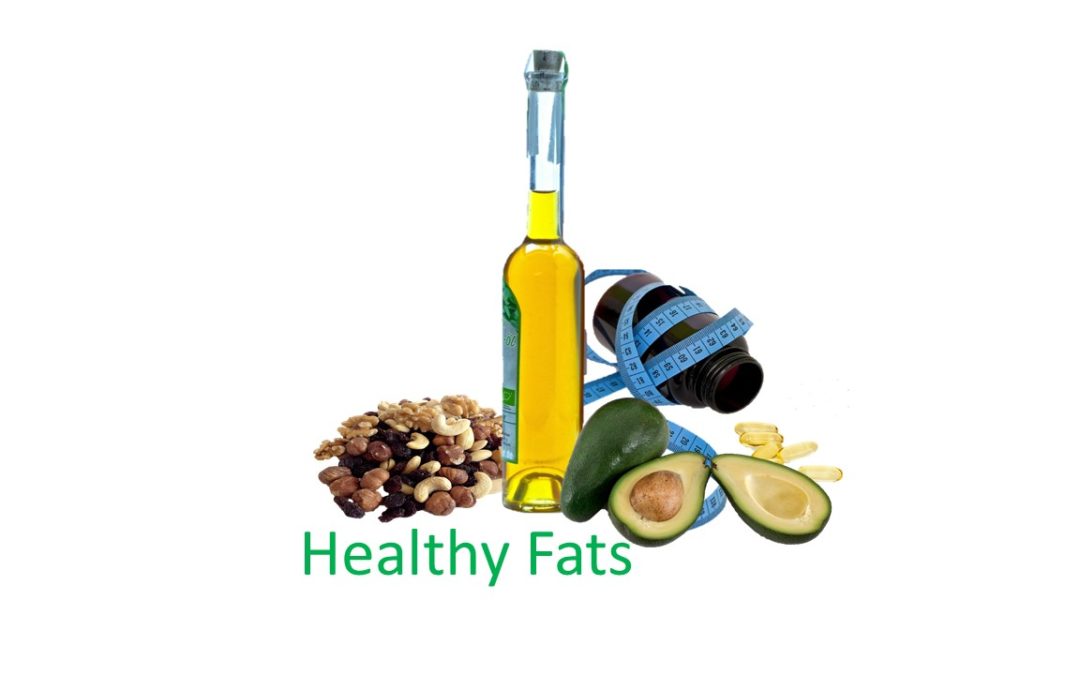The Scoop on Omega-3, -6, and -9
More conversations are occurring on the importance of “healthy fats”… what which fats are those? Omega-3, Omega-6, and Omega-9 are important fatty acids to balance for optimal impact to overall health. Let’s talk benefits and examples of each:
Alpha linolenic acid (ALA) is an essential omega-3 fat, linoleic acid (LA) is an essential omega-6 fat, and oleic and mead acids are omega-9 fats. “Essential” fats are those that cannot be produced in the human body, so they must be obtained through diet or supplements.1 So much importance has been placed on omega-3 and -6 fats because they are essential. However omega-9 production requires conversion enzymes that only synthesize when omega-3 and -6 intake is low.
So the balance of these fats is critical to realize the benefits of healthy fats. These benefits include:
- optimal daily functioning of bodily tissues.2
- anti-inflammatory (when omega-3 is higher than omega-6)
- visual and neurological development
- cardiovascular support
Omega-3 fatty acids are found in marine and plant sources: flaxseeds, chia, walnuts, and oily fish like salmon, herring, tuna, and sardines. 3 The dietary Reference Intake (DRI) for ALA is 1.1-1.6 g/day for adults. 1 The American Heart Association encourages two servings of seafood per week, which nets the weekly DRI for omega-3 consumption.
Omega-6 fatty acids are found in oils and nuts: safflower-, sunflower-, sesame-, soya-, and corn oils, and Brazil- and pine nuts.3 The DRI for LA is 11-17 g/day for adults.1 However because the standard American diet is typically high in omega-6 fatty acids, it is not a challenge to meet this. Recent theory stipulates lowering that DRI could be beneficial in overall balance of ALA and LA which can lead to better anti-inflammatory conditions systemically.
Omega-9 fatty acids are a family of monounsaturated fats found in vegetables and animal fats: avocados, cashews, almonds, olives, and pecans.4-5
It’s not easy to get the right amount of each unsaturated fatty acid, so call on the advice of your healthcare practitioner to realize the many health benefits that each fat provides.
References:
- Dietary References Intakes for Energy, Carbohydrate. Fiber, Fat, Fatty Acids, Cholesterol, Protein, and Amino Acids (2002/2005).
- Essential Fatty Acids. Available at: http://www.pcrm.org/health/health-topics/essential-fatty-acids. Accessed July 5, 2018.
- Oregon State University. The Linus Pauling Institute: Micronutrient Information Center. Essential Fatty Acids. http://lpi.oregonstate.edu/mic/other-nutrients/essential-fatty-acids. Accessed July 5, 2018.
- Cooli J. Omega-9 Benefits: Are You Getting Enough? https://universityhealthnews.com/daily/nutrition/omega-9-benefits-are-you-getting-enough. Accessed July 10, 2018.
- Finucane O et al. Monounsaturated fatty acid–enriched high-fat diets impede adipose NLRP3 inflammasome–mediated IL-1β secretion and insulin resistance despite obesity. 2015;64(6):2116-2128.



